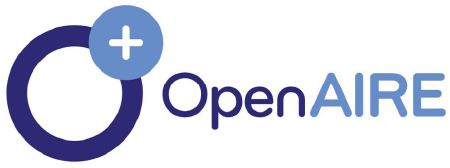THE PEDAGOGICAL EFFECTIVENESS OF SONGS AND STORIES IN LANGUAGE INSTRUCTION: A LINGUISTIC AND COGNITIVE PERSPECTIVE
Abstract
This article examines the pedagogical value of stories and songs in language learning, examining their efforts from a linguistic and cognitive standpoint. Grammar and vocabulary drills are common components of traditional language learning approaches, but this study highlights the significance of engagement, memory retention and emotional connection in successful language acquisition. The study uses a qualitative methodology that combines semi-structured teacher interviews, classroom observations, and a review of the literature to investigate how music and narrative improve student motivation, pronunciation, vocabulary retention, and grammatical acquisition. Findings show that songs strengthen phonological awareness and memory while stories give grammar and cultural understanding context. These findings are consistent with theories of implicit learning, dual-coding, and affective involvement. The research emphasizes the benefits and difficulties of using these approaches into language training. Teachers frequently struggle with curricular integration and material selection, despite the fact that songs and stories provide an engaging and joyful learning environment. According to the research, technological use and smart execution could increase their efficacy even further.
References
1. Byram, M. (1997). Teaching and Assessing Intercultural Communicative Competence. Multilingual Matters. Ellis, N. C. (1994). Implicit and Explicit Learning of Languages. Academic Press.
2.Gardner, R. C. (1985). Social Psychology and Second Language Learning: The Role of Attitudes and Motivation. Edward Arnold.
3.Paivio, A. (1986). Mental Representations: A Dual Coding Approach. Oxford University Press.
4.Trofimovich, P., & Baker, W. (2006). Learning Second Language Suprasegmentals: Effect of L2 Experience on Prosody and Fluency Characteristics of L2 Speech. Studies in Second Language Acquisition, 28(1), 1-30.
5.Austin, L., & Ryley, C. (2000). Robin Hood. Harlow, Essex, England: Pearson Education.
6.Barrett, M. (1983). Teaching vocabulary. Moline, IL: Lingui Systems
7.Benjamin, A. & Crow, J. T. (2013). Vocabulary at the core: Teaching the common core standards. Larchmont, NY: Eye on Education.
8.H. J. Weatherford, Techniques for Learning Vocabulary: Microfiche, ERIC Clearinghouse Microfiches, Washington, DC, USA, 1990.
9.C. Reeve and J. Williamson, “Look what you’re done to my song,” Modern English Teacher.
10.C. D. Giudice, “How to exploit a song in class (we are the world),” Modern English Teacher.
11. Ellis, R., Tanaka, Y., & Yamazaki, A. (1994). Classroom interaction, comprehension, and the acquisition of L2 word meanings. Language learning, 44(3), 449-491.






















